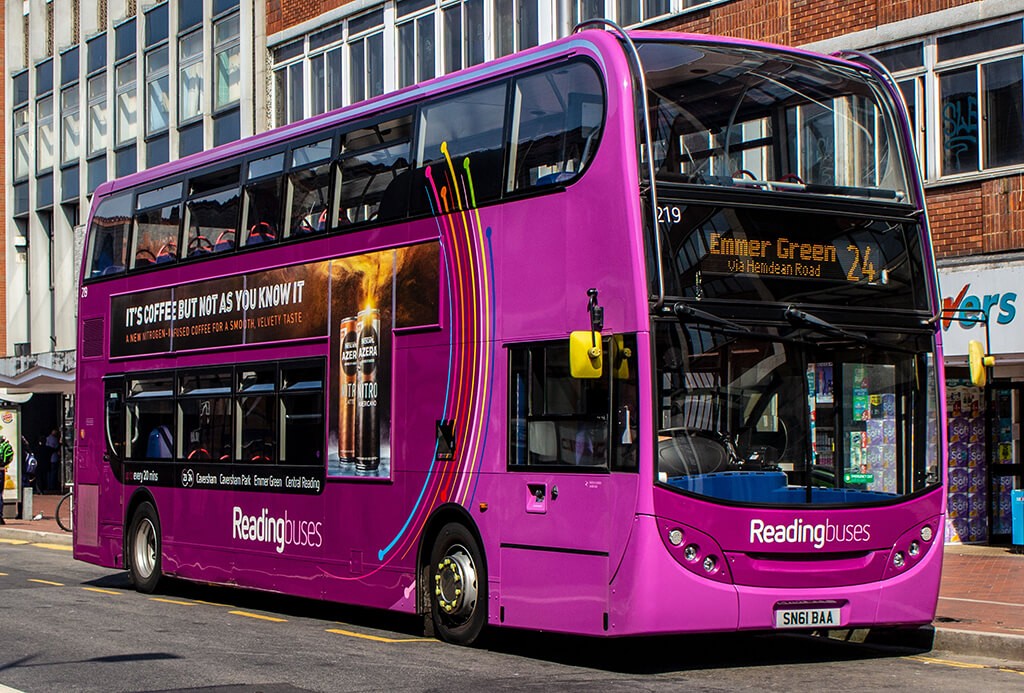Six months into the job, Reading Buses’ new CEO Robert Williams speaks to James Day about returning to his hometown to run the buses, and how the operator continues to aim high
As one of the last remaining municipal operators and also one of the most highly-regarded bus operators in the UK, the CEO role at Reading Buses comes with large boots to fill. On 1 October last year, the role was taken up by Robert Williams.
Robert‘s new role is not his first in the town. Indeed, it was in Reading that he was first introduced to the coach and bus world.

By subscribing you will benefit from:
- Operator & Supplier Profiles
- Face-to-Face Interviews
- Lastest News
- Test Drives and Reviews
- Legal Updates
- Route Focus
- Industry Insider Opinions
- Passenger Perspective
- Vehicle Launches
- and much more!


